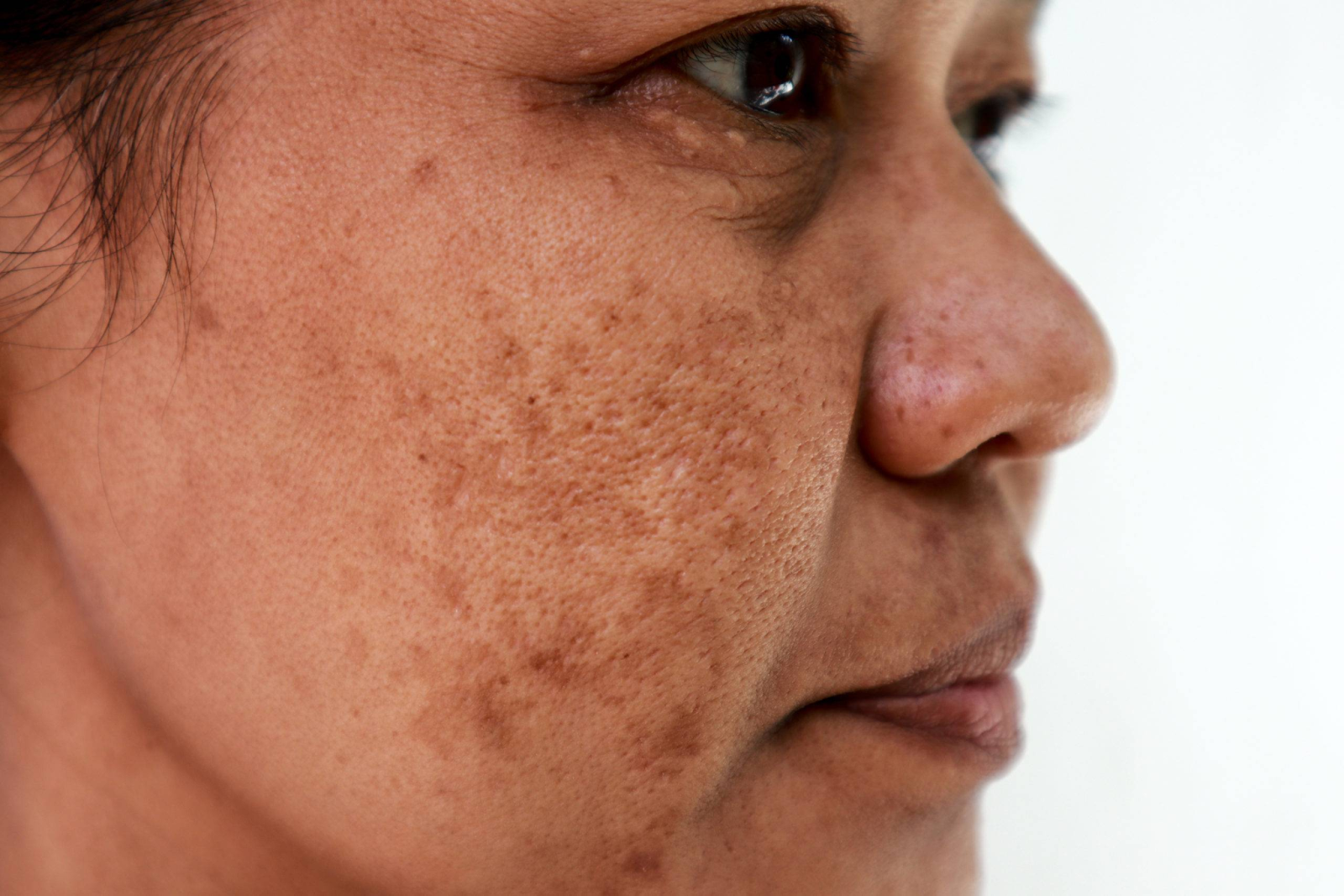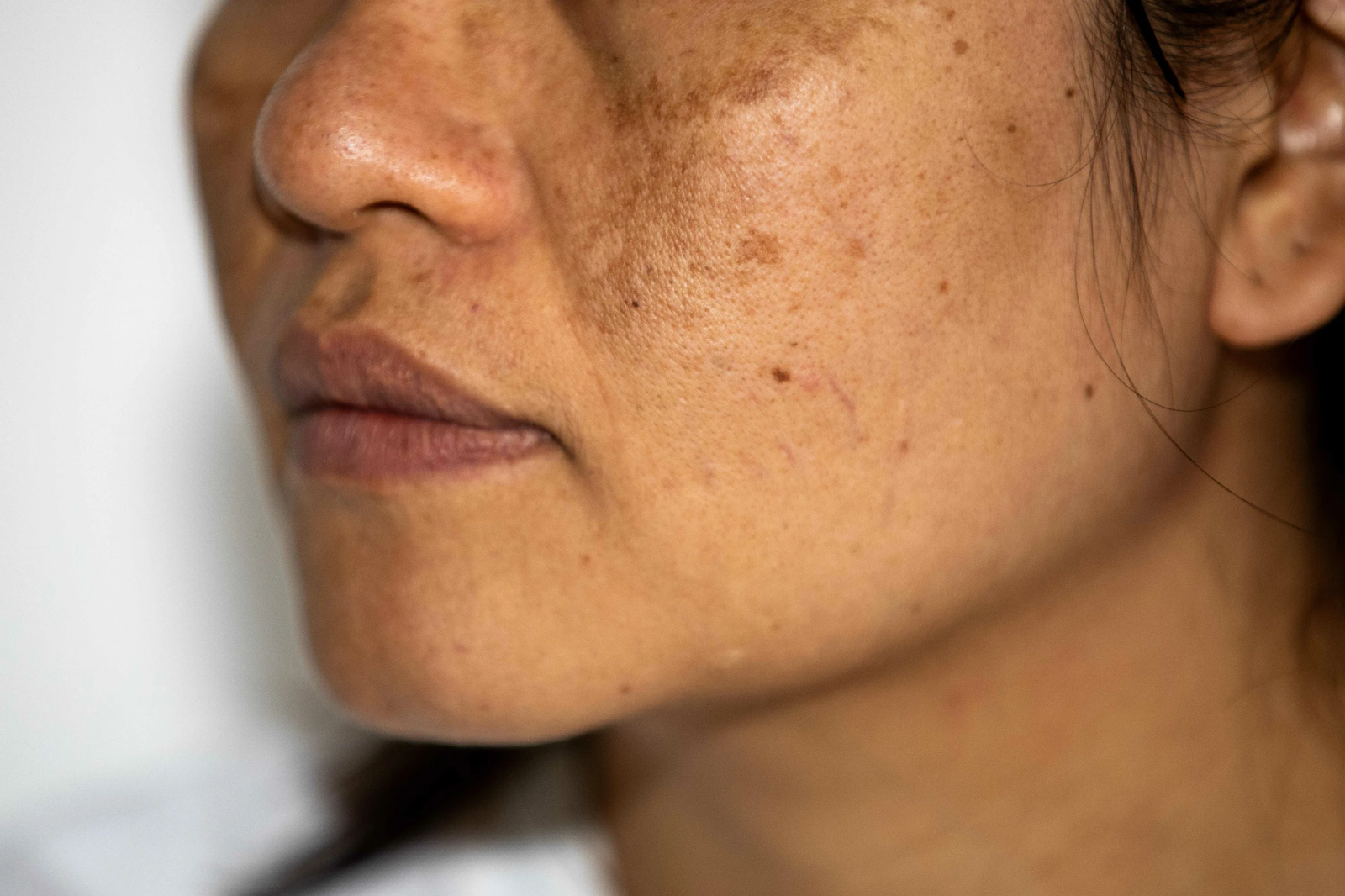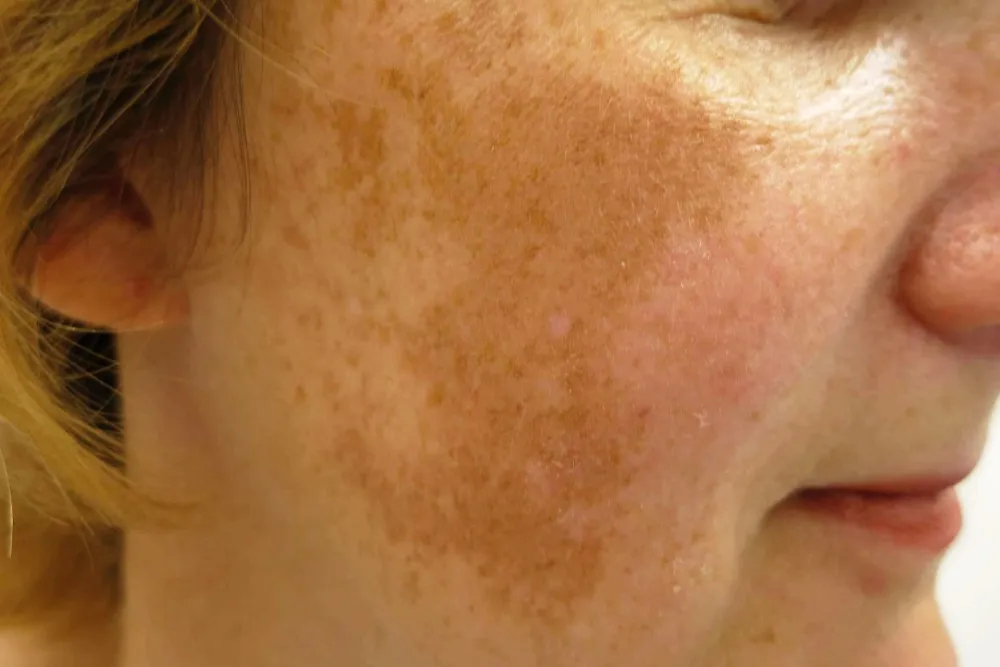Hyperpigmentation following a microneedling procedure can be a common yet unsettling side effect for many patients.
While microneedling is celebrated for its ability to rejuvenate skin and address various concerns, the risk of
developing darker skin patches in the treated areas is a consideration that cannot be ignored. This article aims to
explore the intricacies of post-microneedling hyperpigmentation and provides a comprehensive guide on how to
effectively treat and prevent this condition, ensuring the best possible outcomes for your skin’s health and
appearance.
Introduction to Hyperpigmentation after Microneedling

Definition and Causes of Post-Procedure Pigmentation Changes
Hyperpigmentation is characterized by the darkening of the skin in certain areas, resulting from an overproduction
of melanin, the pigment responsible for skin’s color. Following microneedling, this condition can occur due to the
body’s natural healing response, which sometimes leads to an uneven distribution of melanin. Also, external factors
such as exposure to the sun without adequate protection can exacerbate this response, particularly in individuals
with darker skin tones or those prone to pigmentation.
Factors That Contribute to Hyperpigmentation Risks
Several factors can heighten the risk of developing hyperpigmentation after microneedling, including genetic
predisposition, skin type, level of sun exposure, and the depth of needle penetration during the procedure.
Additionally, improper aftercare, such as picking at the skin or using harsh skincare products, can further
aggravate the skin and lead to uneven pigmentation.
An Overview of Microneedling Procedure

The Microneedling Process
Microneedling involves the use of fine needles to create tiny punctures in the top layer of the skin, which in turn
stimulates the body’s natural healing process and collagen production. This minimally invasive treatment is designed
to improve skin texture, reduce the appearance of scars, and promote a more youthful look.
Expected Outcomes and Common Side Effects
While the main goal of microneedling is to revitalize the skin, some common side effects, such as redness, swelling,
and peeling, are to be expected as part of the healing process. Hyperpigmentation is another potential side effect,
particularly in cases where aftercare instructions are not diligently followed.
Pre-Treatment Strategies to Minimize Hyperpigmentation Risks
Importance of a Skin Assessment
Before undergoing microneedling, a professional skin assessment is crucial to determine your skin’s condition and
identify any potential risks for hyperpigmentation. Your dermatologist or skincare professional will evaluate your
skin type, discuss your medical history, and provide personalized pre-treatment advice.
Preparing Your Skin: Tips and Best Practices
Preparing your skin for microneedling can significantly lower the risk of hyperpigmentation. Incorporate gentle
cleansing, moisturizing, and sun protection into your pre-treatment routine. It may also be beneficial to avoid
certain medications and supplements that could increase sensitivity to sunlight.
The following list outlines key pre-treatment preparation steps:
- Avoid direct sun exposure and tanning beds for at least 2 weeks prior to your appointment.
- Discontinue the use of any topical retinoids, exfoliants, or other potential irritants as recommended by your
provider.
Immediate Aftercare: Steps to Prevent Post-Procedure Pigmentation
Post-Microneedling Dos and Don’ts
Adequate aftercare is essential to ensuring the best possible healing process and reducing the likelihood of
hyperpigmentation. Post-treatment, it is critical to avoid direct sun exposure, picking or scratching at the skin,
and the application of makeup until the skin has sufficiently healed.
Skincare Products to Use and Avoid Right After Treatment
After microneedling, your skin will be more sensitive and vulnerable to irritation. Stick to a simple skincare
routine that includes gentle, fragrance-free products. It is advisable to avoid any ingredients that could irritate
your skin or disrupt the healing process, such as alcohol-based toners, chemical exfoliants, and retinoids, for a
specified period post-procedure.
As the table below displays, selecting the right skincare products is essential to manage hyperpigmentation
effectively:
| Product Type | Ingredients to Look For | Ingredients to Avoid |
|---|---|---|
| Sunscreen | Broad-spectrum, SPF 30+ | None |
| Moisturizer | Ceramides, Hyaluronic Acid | Fragrances, Essential Oils |
| Brightening Serum | Vitamin C, Niacinamide | High concentrations of AHAs/BHAs |
Long-Term Skincare to Manage Hyperpigmentation
Daily Skincare Routine for Healing Skin
Your daily skincare routine plays a crucial role in managing hyperpigmentation after microneedling. Be consistent
with gentle cleansing, moisturizing, and applying high SPF sunscreen every day. Introduce products with active
ingredients that target hyperpigmentation only after your skin has completely healed from the procedure and with
your dermatologist’s approval.
Targeted Treatments for Hyperpigmentation
There are several targeted treatments that can help address hyperpigmentation. These may include over-the-counter
products containing ingredients like vitamin C or kojic acid or prescription medications such as hydroquinone.
Always consult with a healthcare professional before starting any new treatment for hyperpigmentation.
Medical and Home Remedies for Hyperpigmentation
Topical Medications and Their Role
Topical medications, such as hydroquinone, retinoids, and corticosteroids, can be prescribed by dermatologists for
more persistent cases of hyperpigmentation. These medications can help lighten dark spots by inhibiting melanin
production and accelerating cell turnover.
Natural Remedies and Their Efficacy
Natural remedies, such as aloe vera, licorice extract, and green tea, have been used to treat hyperpigmentation with
varying degrees of success. These alternatives may offer a more gentle approach, though patience is required as
results may take longer to manifest compared to medical treatments.
When to Seek Professional Help
Identifying Signs of Post-Microneedling Complications
If you notice any unusual symptoms or if hyperpigmentation persists or worsens, it is imperative to seek
professional help. Signs that warrant immediate attention include severe inflammation, signs of infection, or any
other drastic changes in your skin’s condition.
Available Professional Treatments for Severe Cases
For severe cases of hyperpigmentation, professional treatments such as chemical peels, laser therapy, or
professional-grade topical treatments may be recommended. Your dermatologist can provide guidance on the most
appropriate treatment based on the severity of your hyperpigmentation and your skin type.
Tips for Healing and Maintaining Even Skin Tone
Lifestyle Adjustments for Skin Health
Maintaining even skin tone goes beyond topical treatments and skincare routines. Lifestyle adjustments such as
reducing stress, avoiding smoking, and limiting alcohol consumption can promote better skin health and reduce the
risk of hyperpigmentation.
Diet and Hydration for Enhancing Skin Repair
A healthy diet rich in antioxidants and adequate hydration can also support the skin’s repair processes. Ensure you
are consuming a balanced diet with plenty of fruits, vegetables, and lean proteins, along with sufficient water
intake.
Conclusion
In conclusion, while hyperpigmentation following microneedling can be a challenging condition, there are multiple
strategies, both pre- and post-treatment, that can significantly reduce its occurrence and help manage it if it does
arise. Adhering to a proper skincare routine, protecting the skin from sun exposure, and consulting with
professionals for personalized treatment plans are essential steps. Remember, patience and consistent care are key
to achieving a radiant, even complexion post-microneedling.
FAQs
What is hyperpigmentation and why can it occur after microneedling?
Hyperpigmentation refers to the development of darkened skin patches caused by an excess production of melanin. It
can occur after microneedling due to the skin’s inflammatory response to the procedure, which in some individuals,
leads to uneven melanin distribution. The risk can be heightened by sun exposure, improper skincare, or genetic
factors.
How soon after microneedling can I apply sunscreen to prevent hyperpigmentation?
You should apply a broad-spectrum sunscreen with SPF 30 or higher immediately after the initial healing phase, which
usually takes around 24-48 hours. Protecting the skin from UV radiation is crucial to prevent the worsening of any
potential hyperpigmentation.
What ingredients should I look for in products to treat hyperpigmentation?
In products aimed at treating hyperpigmentation, seek out ingredients known for their skin-lightening properties,
such as hydroquinone, kojic acid, vitamin C, niacinamide, and azelaic acid. These ingredients can help fade dark
spots and equalize skin tone.
Can I wear makeup after microneedling to cover any hyperpigmentation?
It is generally recommended to wait at least 24 hours after microneedling before applying makeup. Once you do apply
makeup, opt for non-comedogenic and mineral-based products to minimize the risk of irritation and allow the skin to
breathe and heal.
Is hyperpigmentation after microneedling permanent?
Hyperpigmentation post-microneedling is not usually permanent. With correct treatment and skincare, most cases of
hyperpigmentation will improve over time, though some may take several months to fully resolve. Professional
treatments can expedite the process.

